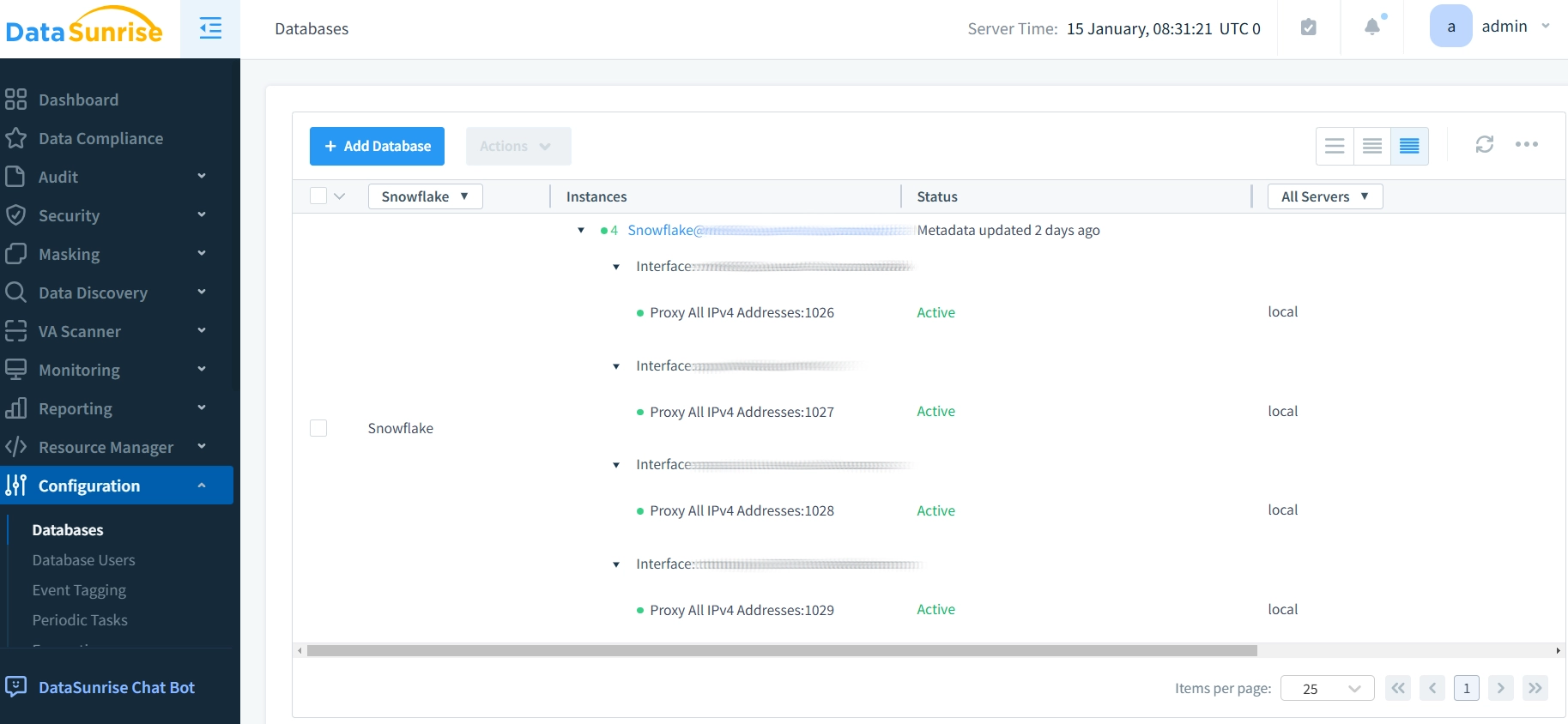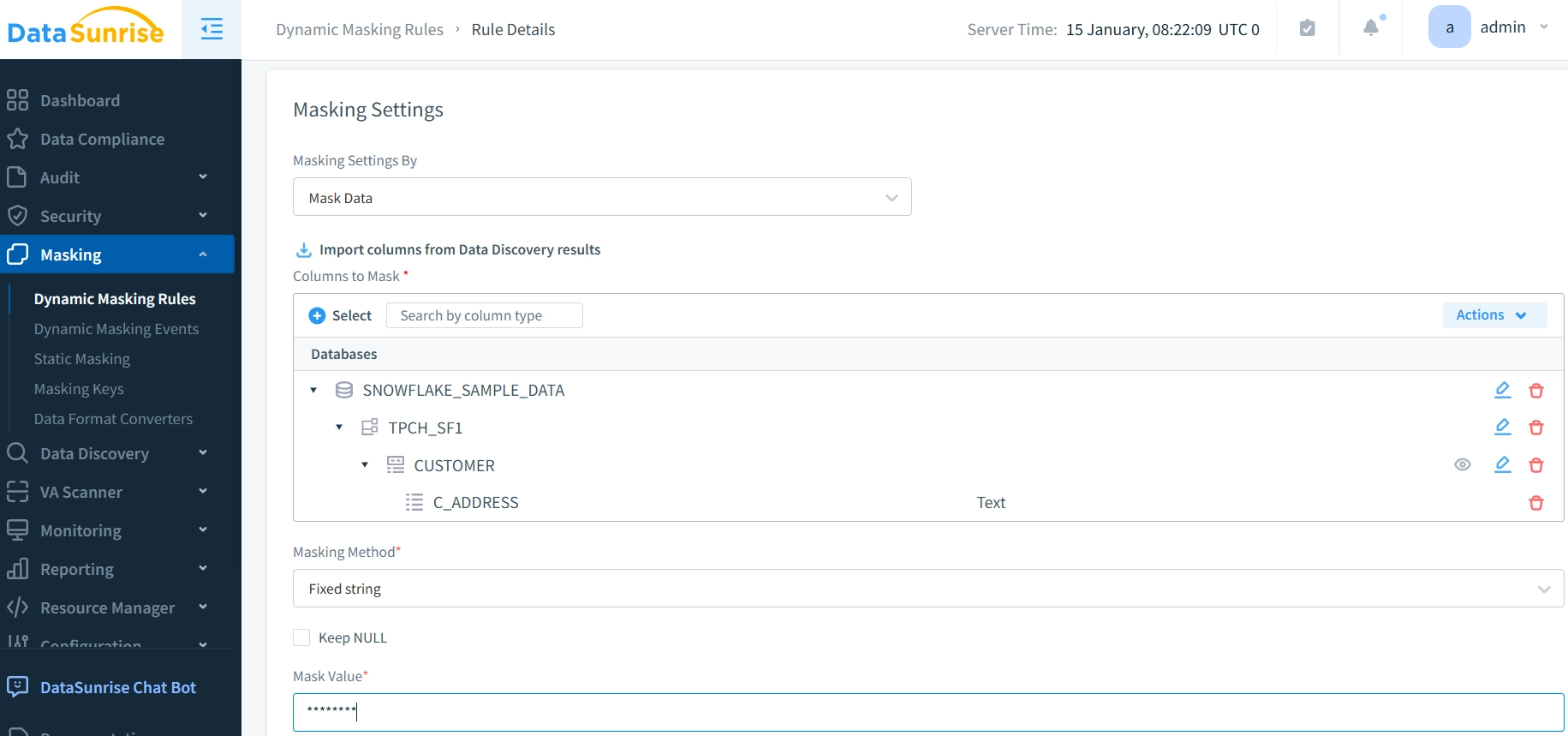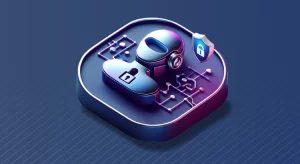
Dynamic Data Masking for Snowflake

Dynamic data masking for Snowflake has become an essential data protection strategy, as organizations face unprecedented security challenges. The 2024 State of Information Security report reveals a significant increase in data exposure incidents. A 93% rise in such incidents occurred over the past year. Of these incidents, 82% involved sensitive customer information. This alarming trend underscores the critical importance of robust data protection strategies.
Dynamic data masking in Snowflake is a game-changing solution. It provides real-time protection for organizations. This helps them keep data private while still allowing business functions to work. By implementing dynamic masking, companies can reduce their risk of data exposure while ensuring authorized users maintain necessary access to critical information.
What is Dynamic Data Masking for Snowflake?
Dynamic Data Masking (DDM) is a feature that allows you to mask sensitive data in Snowflake on the fly. This means that when users query the data, they see only masked values, unless they have specific privileges.
Snowflake’s DDM feature keeps sensitive data safe. This includes Social Security numbers, email addresses, and credit card numbers. It prevents unauthorized users from seeing this information.
Dynamic data masking is different from traditional data encryption. It does not change the actual data. Instead, it only changes how the data looks to users.
This change depends on the users’ access rights. For example, a user with limited access may see hidden data. In contrast, an authorized user with the right permissions will see the original, unmasked data.
Key Components of Dynamic Data Masking in Snowflake
Snowflake’s dynamic data masking feature operates through three primary components:
- Masking Policy: This is the rule or logic that defines how the data should be masked. You can create masking policies to show sensitive data in a specific way. For example, you can mask all but the last four digits of a Social Security number.
- Security Policies: These define which users or roles can view unmasked data. Users who do not have appropriate roles or privileges will see the masked version of the data.
- User Roles and Privileges: Access to sensitive data is controlled by roles and privileges. Only authorized roles can bypass the mask and view the original data.
Implementing Native Dynamic Data Masking
Snowflake offers several methods to implement dynamic data masking using SQL language features. You can connect to Snowflake using the Snowflake Web Interface (UI) or the Snowflake CLI. Here’s how to get started:
First, connect to your Snowflake instance:
USE ROLE securityadmin; USE DATABASE customer_data;
To create a masking policy for email addresses:
CREATE MASKING POLICY email_mask AS
(val string) RETURNS string ->
CASE
WHEN CURRENT_ROLE() IN ('ANALYST')
THEN REGEXP_REPLACE(val,
'^([^@]+)@(.+)$', '****@\\2')
WHEN CURRENT_ROLE() IN ('ADMIN')
THEN val
ELSE '********'
END;Apply the masking policy to your table:
ALTER TABLE customers MODIFY COLUMN email SET MASKING POLICY email_mask;

Advanced Masking Techniques Using Views
Views offer another powerful method for implementing dynamic data masking. Here’s an example using our test data:
CREATE VIEW masked_customers AS SELECT id, CASE WHEN CURRENT_ROLE() = 'ADMIN' THEN first_name ELSE '****' END as first_name, CASE WHEN CURRENT_ROLE() = 'ADMIN' THEN last_name ELSE '****' END as last_name, email, CASE WHEN CURRENT_ROLE() = 'ADMIN' THEN ip_address ELSE '0.0.0.0' END as ip_address FROM customers;
Enhancing Security with DataSunrise
While Snowflake’s native masking capabilities are robust, DataSunrise offers additional features for centralized management of data masking rules. DataSunrise’s security suite provides:
- Unified control over masking policies across multiple databases
- Real-time monitoring and alerting
- Automated compliance reporting
- Custom masking rules for specific business needs
To view dynamically masked data using DataSunrise:
- Log in to your DataSunrise Dashboard
- Connect your Snowflake database Instance
- Navigate to Masking and create a new masking rule for your Snowflake database
- Define masking patterns for sensitive columns
- Apply and test the masking rules




Best Practices for Dynamic Data Masking
Implementing effective dynamic data masking requires a comprehensive approach across several key areas:
Governance and Compliance: Organizations should establish regular auditing cycles for masking policies to ensure continuous alignment with evolving security requirements and compliance standards. This includes detailed documentation of all masking rules and their business reasons. This creates a clear audit trail for compliance.
Technical Implementation and Performance: The technical implementation demands careful attention to performance optimization. Organizations should actively monitor how masking policies impact query performance and system resources, adjusting rules when necessary to maintain optimal database operations. When creating masking patterns, it is important to keep them consistent across related data sets. This helps prevent data correlation that could harm security.
Testing and Validation: Organizations must implement comprehensive testing protocols that verify masked data access across different user roles and scenarios. This includes both automated testing of masking rules and checking results by hand. This ensures that we properly protect sensitive information.
Third-Party Solution Integration: Consider leveraging third-party solutions like DataSunrise to enhance your masking capabilities. These specialized tools often provide additional features such as centralized policy management and advanced monitoring capabilities that complement Snowflake’s native functionality. Third-party solutions can significantly simplify the management of complex masking scenarios, especially in enterprise environments with multiple databases and diverse security requirements.
Conclusion
Dynamic data masking in Snowflake represents a crucial component of modern data security strategy. While Snowflake’s native masking capabilities provide a solid foundation for data protection, organizations often require more sophisticated tools to address complex security challenges. The implementation approaches discussed in this article offer flexibility in protecting sensitive data while maintaining its utility for authorized users.
DataSunrise enhances these capabilities with its comprehensive security suite, featuring advanced dynamic masking, real-time monitoring, and automated compliance reporting. Our platform seamlessly integrates with Snowflake while providing additional layers of security control through an intuitive interface.
Ready to enhance your Snowflake data security? Visit DataSunrise’s website to schedule an online demo. Learn how our security tools can improve your data protection plan.
